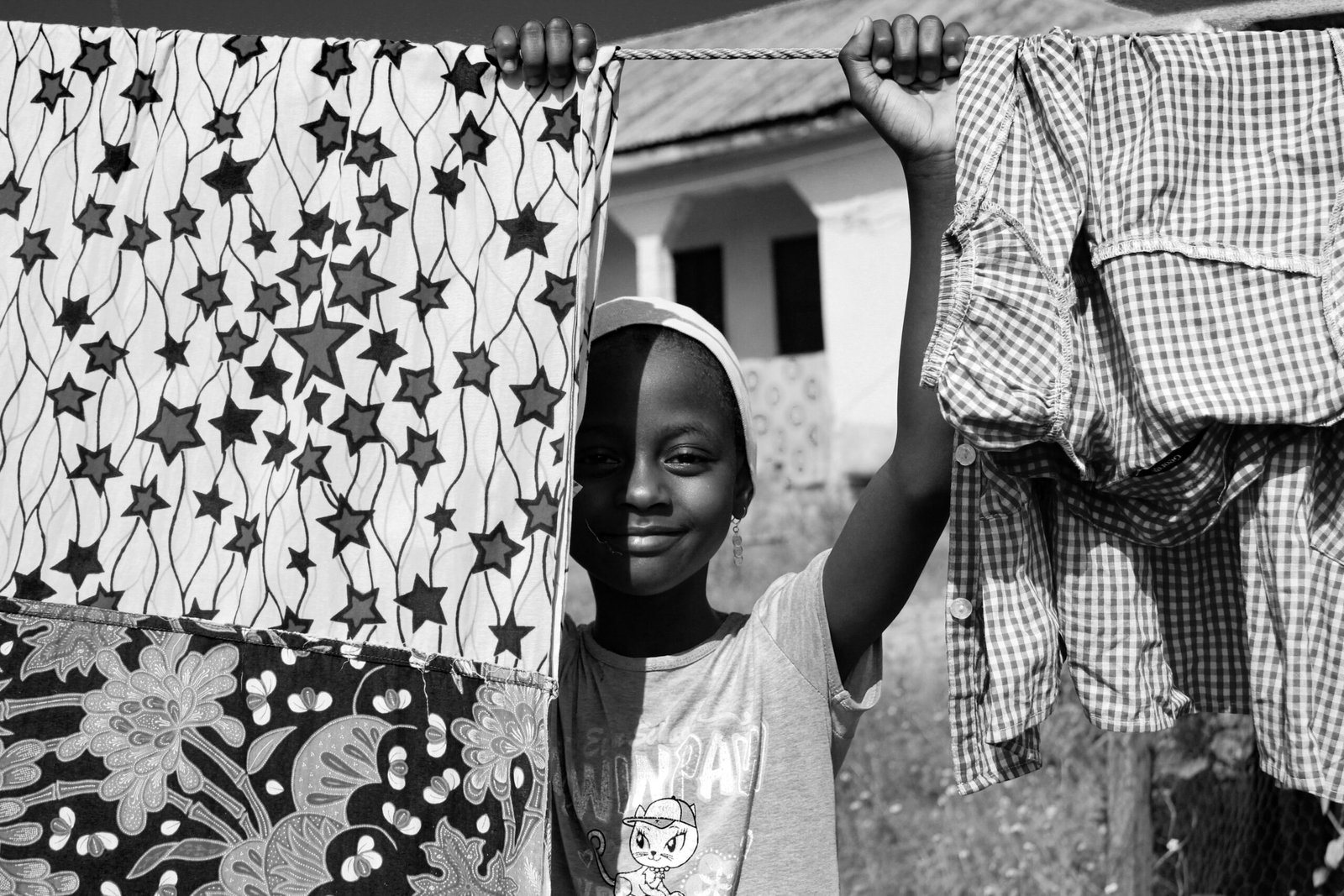Understanding the Importance of a Family Chore Chart
Managing a large household can feel like juggling flaming torches while riding a unicycle—it’s thrilling but exhausting. With endless tasks and a small army of kids to organize, a family chore chart isn’t just helpful; it’s transformative. Here are ten creative and concrete benefits of using a chore chart, plus tips to make it work for kids of all ages.
1. Turns Chaos into Coordination
A chore chart acts as the family’s command center, replacing frantic last-minute scrambles with clear expectations. Imagine knowing exactly who’s in charge of emptying the dishwasher before the dinner plates pile up—that’s chore chart magic.
2. Stops the “It’s Not My Job” Debate
With tasks clearly assigned, kids can’t pass the buck. No more “I thought it was their turn!” arguments. The chart speaks, and it’s always fair.
3. Inspires Ownership and Pride
Kids take pride in seeing their name attached to a task. Whether it’s sweeping the kitchen floor or walking the dog, completing their responsibilities gives them a sense of accomplishment and belonging.
4. Sparks Competition and Fun
Turn the chore chart into a game! Offer points for completed tasks or set time challenges. Sibling rivalry gets a positive spin when it’s about who can keep their room tidy the longest.
5. Frees Up “Family Time”
When chores are shared, tasks get done faster. This means more time for family movie nights, board games, or outdoor adventures—the moments that really matter.
6. Prepares Kids for Real-Life Responsibilities
Running a household is a mini crash course in adulthood. From budgeting their allowance to understanding the effort behind a clean home, kids gain skills that translate into future independence.
7. Eases Transitions Between Life Stages
A chore chart evolves with your family. When toddlers graduate to big-kid jobs and teens take on leadership roles, the chart grows with them, reinforcing their ability to adapt to new challenges.
8. Encourages Problem-Solving
Kids learn to manage their time and strategize how to fit chores into their day. Over time, they’ll figure out that finishing a chore quickly leaves more time for fun.
9. Teaches Fairness and Empathy
When kids see the distribution of tasks, they learn that everyone—even Mom and Dad—has a role to play. This builds empathy and an understanding of teamwork.
10. Creates a Legacy of Collaboration
By using a chore chart, you’re instilling a family culture of shared effort. Long after they’ve left the nest, your kids will carry these habits into their own homes.

How to Adapt Your Chore Chart for Every Age
Each child’s contributions should match their abilities, making chores both manageable and meaningful. Here’s a breakdown:
Toddlers (Ages 2-4)
- Tasks: Match socks, toss toys into bins, or wipe spills with a cloth.
- Pro Tip: Use colorful visuals and praise every small success.
Young Kids (Ages 5-7)
- Tasks: Set the table, water plants, or feed pets.
- Pro Tip: Incorporate stickers or simple rewards to keep motivation high.
Preteens (Ages 8-12)
- Tasks: Fold clothes, take out the trash, or help with meal prep.
- Pro Tip: Add a “bonus task” column with optional chores for extra points or privileges.
Teens (Ages 13+)
- Tasks: Manage weekly laundry, mow the lawn, or babysit younger siblings.
- Pro Tip: Give them autonomy to choose from a list of tasks, fostering independence.
Tips for Making Your Chore Chart Shine
- Be Creative: Use whiteboards, laminated checklists, or apps to keep it engaging.
- Rotate Roles: Avoid boredom by switching chores every week.
- Reward Consistency: Celebrate effort with family movie nights or special outings.
- Keep It Fair: Adjust expectations for each child’s age and workload.
Check out these printable chore charts to get started.
See our post with 5 Fun Tips to Get Kids Excited About Chores and download the free mini-guide at the bottom of the page.
With a little planning and the right mindset, a chore chart can be a lifesaver for large families. It transforms household chores from overwhelming to manageable and empowers kids to contribute in meaningful ways. Ready to take the plunge? Your family’s next great teamwork adventure awaits!





